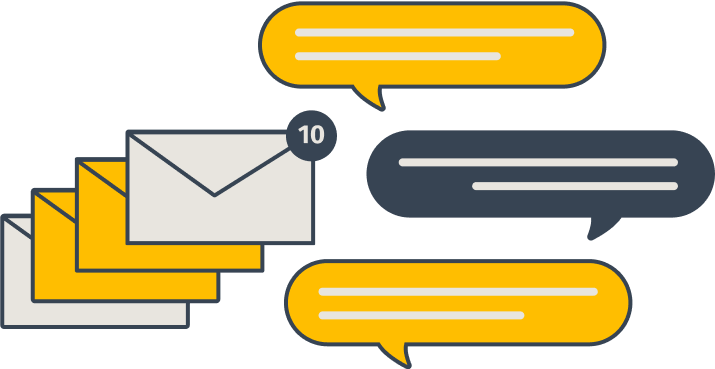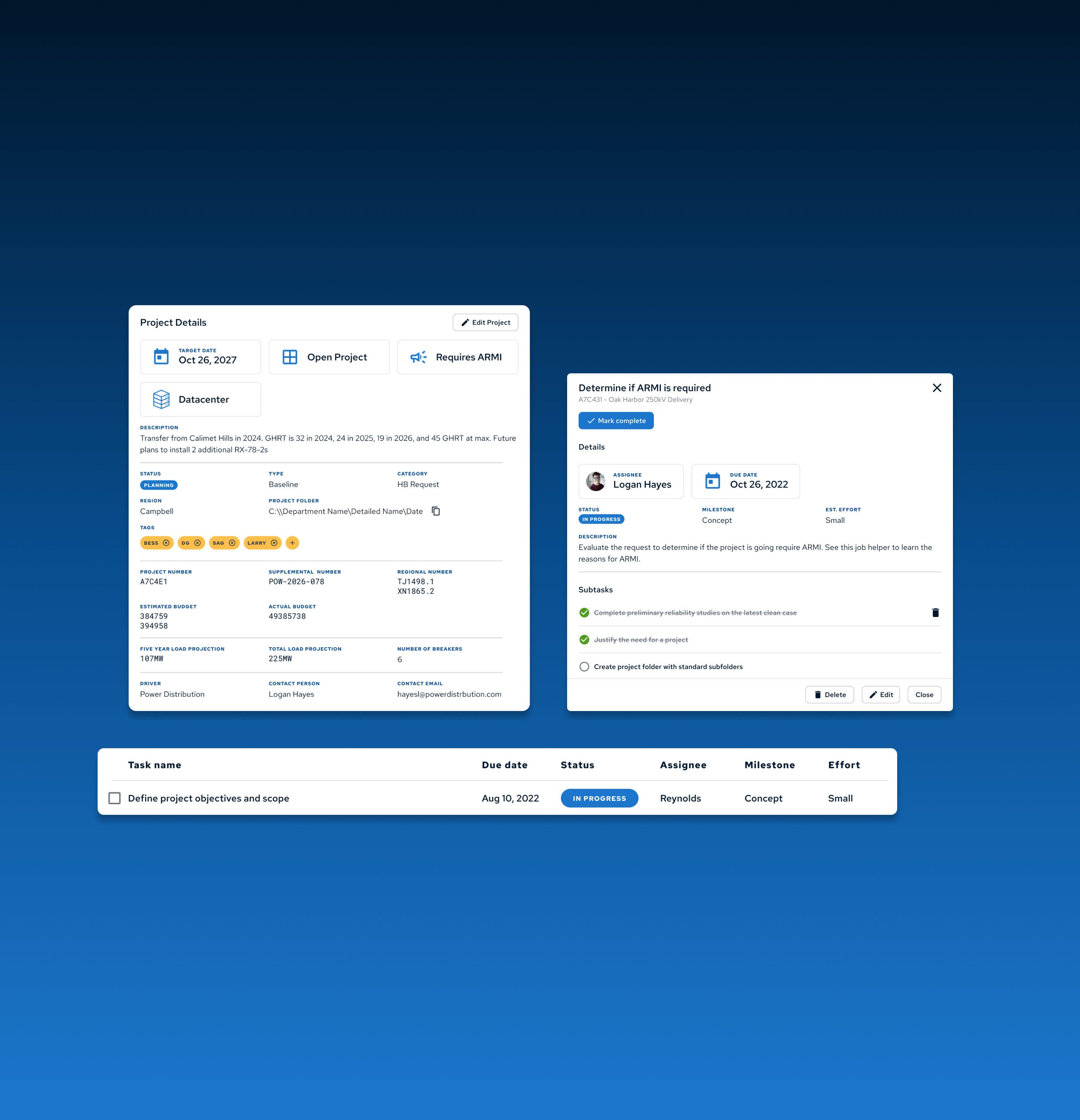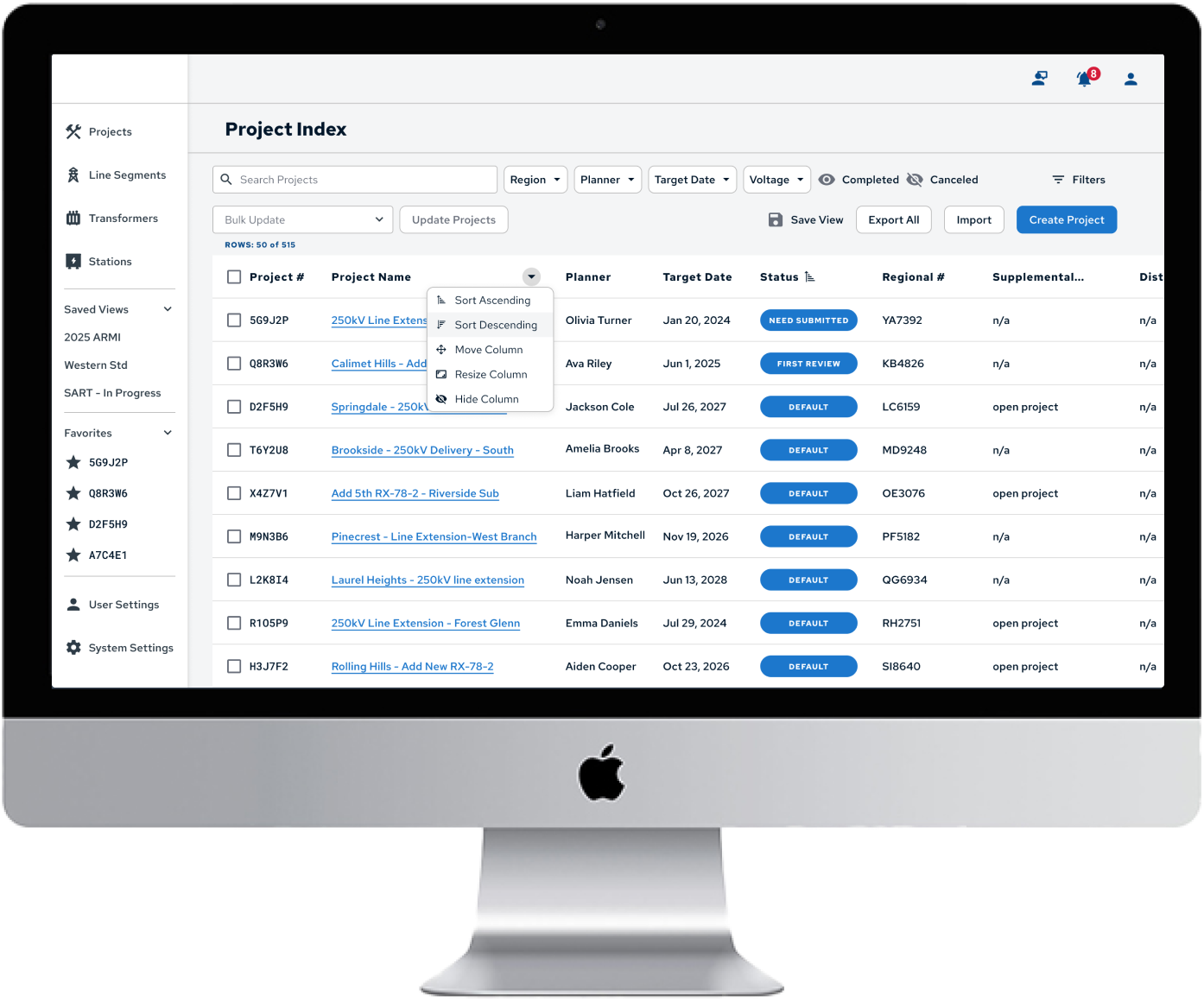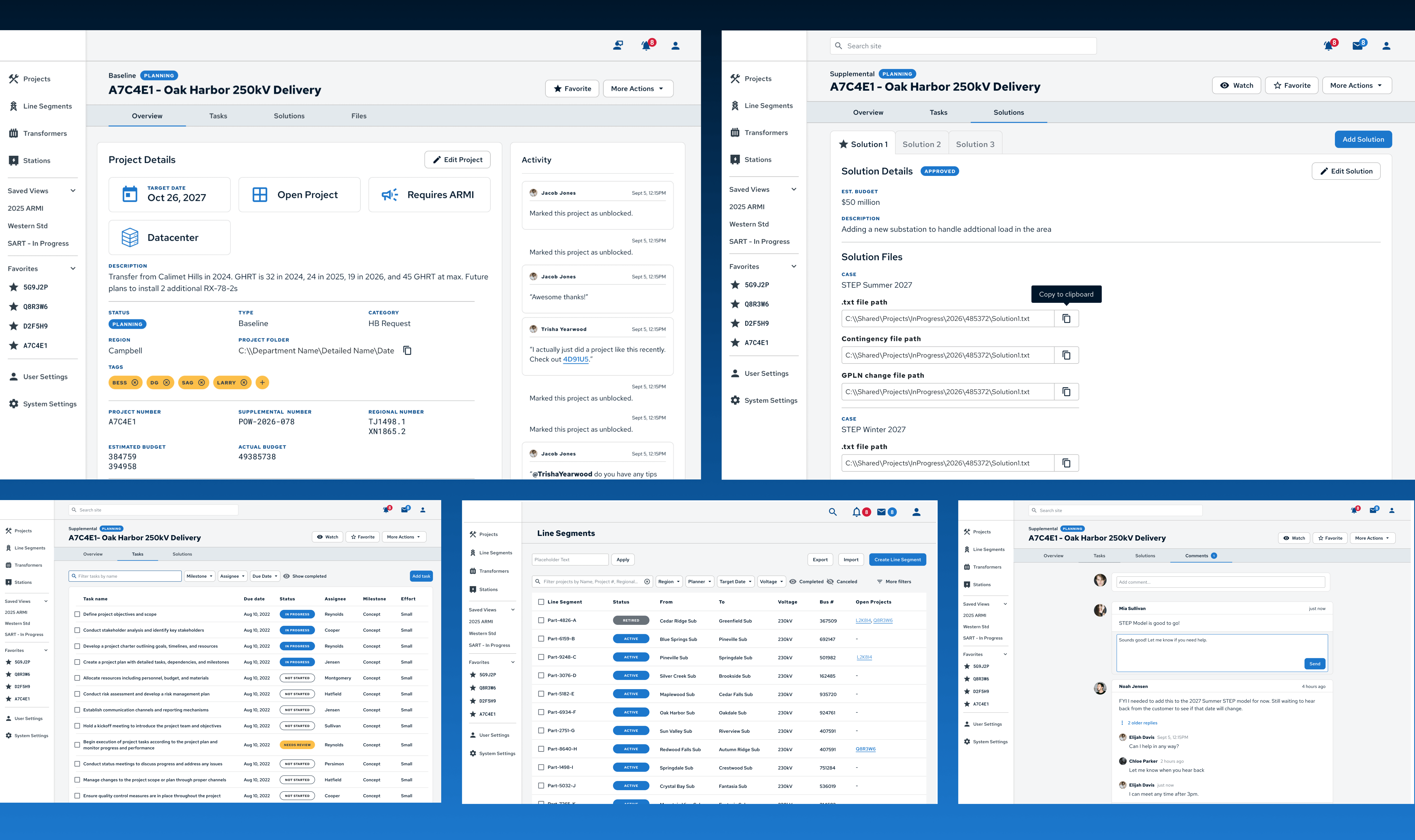An integration with the “source of truth” database, which will enable them to get real-time updates when project details change.
Integration with modeling team tools so that project files and tasks can be synchronized between them rather than relying on endless emails.
We are beginning to design a customer portal that will seamlessly integrate with this software and allow new project proposals to be added via web form, and enable project status to be shared with customers in real time.
We plan to add several "smart tasks" that will automatically trigger status updates on projects when they are marked complete, reducing the time the user has to spend.










